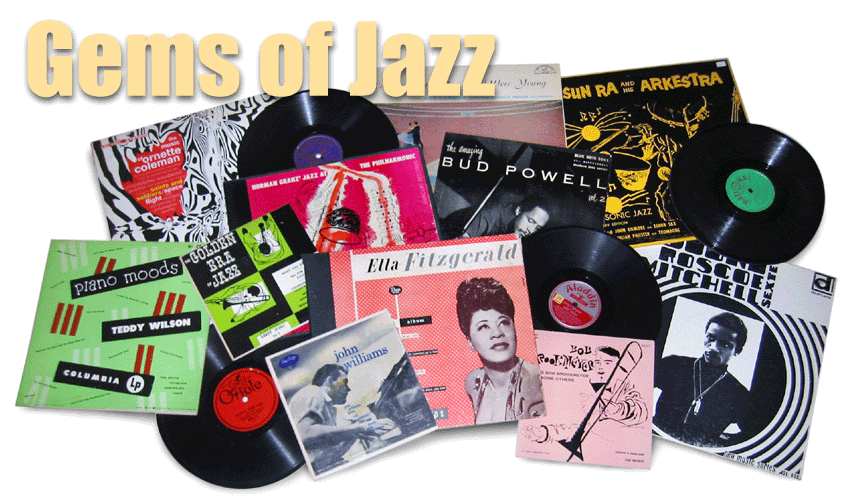Sometimes an artist can have too much talent. Virtuosity can be a trap, creating a never-ending spiral of expanding expectations. The virtuoso's fans say, "Wow! That was amazing!" Then they say, "Amaze me again!" Each new performance brings expectations that have be exceeded to be met. And exceeded again.
It seems like James Moody got caught early on in this cycle, at least in the recording studio. I have countless records of Moody blowing wild-and-crazy solos with nameless rhythm sections. It's usually the theme, five solo choruses, theme again and out on these sides. James was such an extraordinary soloist that record producers tended to just put him in front of a microphone and let him blow. There was little concern for the artist's development, for his interaction with the other players in the band, for moving the music forward. It's almost as though Moody became a trained seal, a novelty act.
 |
| Lars Gullin |
James Moody left the States in 1948 for Europe. He spent much of his time in Sweden, and there he found musicians sympathetic to the new music that he was playing. Stockholm had boppers like baritone saxophonist Lars Gullin, alto player Arne Domnerus and pianist Rolf Larsson, and they wasted no time getting into the studio with Moody for a series of very fine recording sessions. One of the tunes Moody tossed off during these dates was "I'm in the Mood for Love," which, as we all know, became the smash hit "Moody's Mood for Love" in the USA when King Pleasure got hold of it.
Moody's Swedish sessions aren't too hard to find these days if you look, but when I was coming up they were like hens' teeth. That's why I was delighted to come across this posting's download. Vintage Prestige EPs are as rare as their counterparts on Blue Note, and almost as fervently sought. This one turned up in what I can only think was a former DJ's record collection, judging by how many promotional copies it contained. The records were all in well-used condition, but this Moody album was slightly better than most. I have cleaned up the sound, removing many clicks by hand, but CD quality it ain't. If you can stand a little hiss and an occasional click, I think you'll find this a very satisfying listen. And, of course, I don't need to say the files came from the original vinyl (although I just did!). Dig!

James Moody Favorites • Volume Two
Prestige PRLP 125
James Moody, ts, as, all selections, plus:
Rolf Larsson, p; Gunnar Almstedt, b; Anders Burman, d; unk. strings.
Stockholm, Sweden; January 25, 1951
1. Cherokee
Lars Gullin, bar; Rolf Larsson, p; Gunnar Almstedt, b;
Anders Burman, d.
Stockholm, Sweden; January 24, 1951
2. Hey! Jim (Moody’s Bounce)
Sixten Eriksson, tp; Lars Gullin, bar; Rolf Larsson, p; Gunnar Almstedt, b; Jack Noren, d.
Stockholm, Sweden; January 24, 1951
3. Moody’s Got Rhythm (Andrew Got Married)
Thore Swanerud, p; Yngve Akerberg, b; Sven Bollhem, d.
Stockholm, Sweden; October 18, 1949
4. Over the Rainbow
Leppe Sundwall, b tp; Arne Domnerus, as; Carl-Henrik Norin, ts; Lars Gullin, bar; Rolf Larsson, p; Gunnar Almstedt, b; Anders Burman, d.
Stockholm, Sweden; January 23, 1951
5. Am I Blue
Personnel as 2.
6. Two Fathers (Two Feathers)
Personnel as 5.
7. Again
8. Embracable You
Find it here: https://www.mediafire.com/?i42m91boanfdybd






